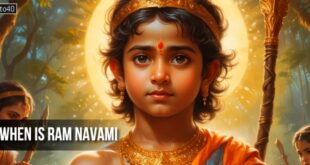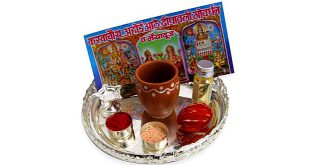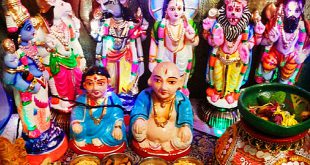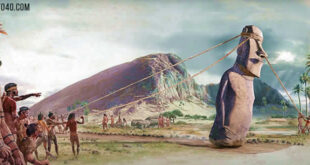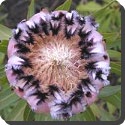 The giant or King Protea, South Africa’s national flower, is the largest of the proteas species, which make up an important part of the Cape Floral Region, a major global biodiversity hotspot and UNESCO World Heritage site. The South African cricket team got its name from this flower with pink and yellow petals. Similarly, South Africa’s rugby team is called Springboks, which is the country’s national animal.
The giant or King Protea, South Africa’s national flower, is the largest of the proteas species, which make up an important part of the Cape Floral Region, a major global biodiversity hotspot and UNESCO World Heritage site. The South African cricket team got its name from this flower with pink and yellow petals. Similarly, South Africa’s rugby team is called Springboks, which is the country’s national animal.
Learn More
The genus Protea was named in 1735 by Carolus Linnaeus after the Greek god Proteus who could change his form at will, because proteas have such different forms. Linneaus’s genus was formed by merging a number of genera previously published by Herman Boerhaave, although precisely which of Boerhaave’s genera were included in Linnaeus’s Protea varied with each of Linnaeus’s publications.
Proteas attracted the attention of botanists visiting the Cape of Good Hope in the 1600s. Many species were introduced to Europe in the 1700s, enjoying a unique popularity at the time amongst botanists.
The Proteaceae family to which Proteas belong is an ancient one. Its ancestors grew in Gondwanaland, 300 million years ago. Proteaceae is divided into two subfamilies: the Proteoideae, best represented in southern Africa, and the Grevilleoideae, concentrated in Australia and South America and the other smaller segments of Gondwanaland that are now part of eastern Asia. Africa shares only one genus with Madagascar, whereas South America and Australia share many common genera – this indicates they separated from Africa before they separated from each other.
Most protea occur south of the Limpopo River. However, Protea kilimanjaro is found in the chaparral zone of Mount Kenya National Park. 92% of the species occur only in the Cape Floristic Region, a narrow belt of mountainous coastal land from Clanwilliam to Grahamstown, South Africa. The extraordinary richness and diversity of species characteristic of the Cape Flora is thought to be caused in part by the diverse landscape where populations can become isolated from each other and in time develop into separate species.
 Kids Portal For Parents India Kids Network
Kids Portal For Parents India Kids Network

